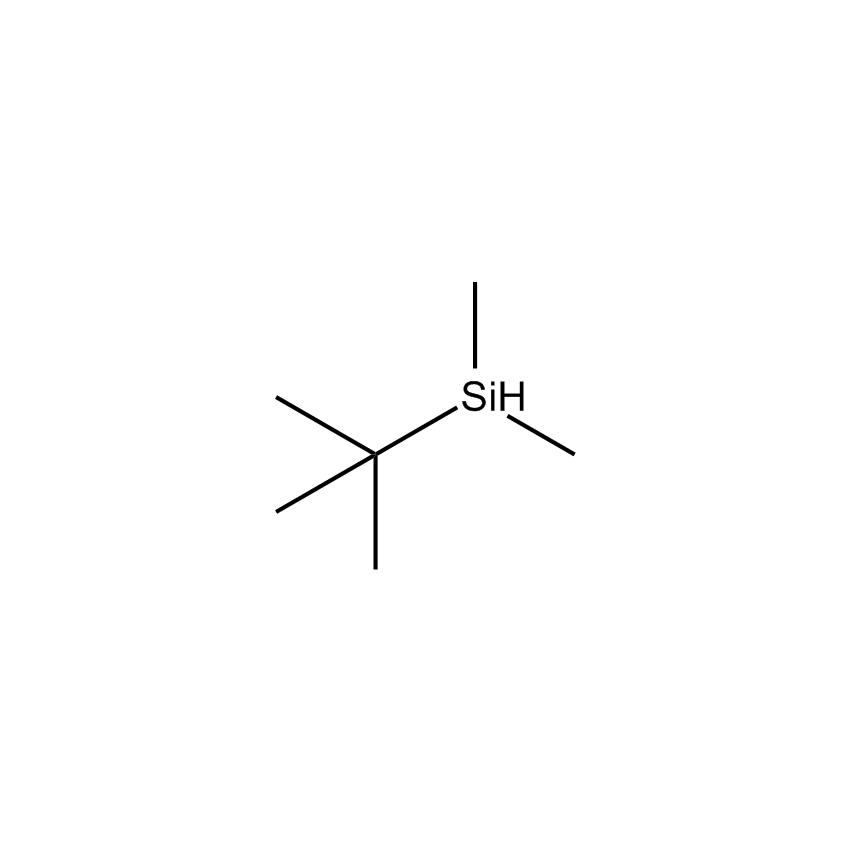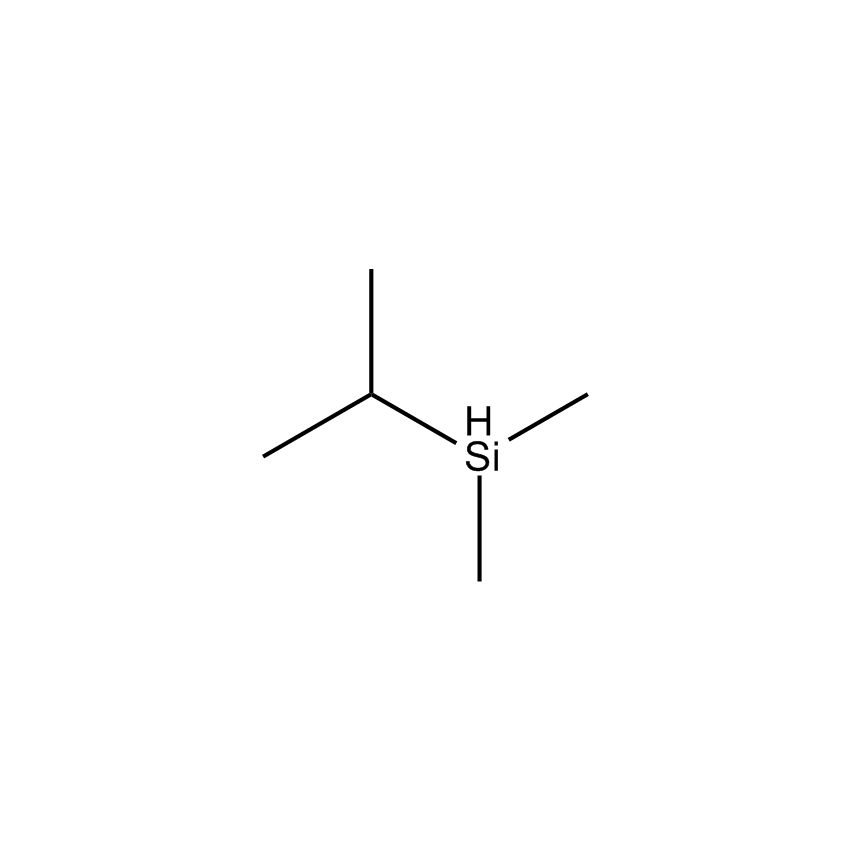Additional Properties
- HMIS 2-4-1-X
- Molecular Formula C6H16Si
- Molecular Weight (g/mol) 116.28
- Purity (%) 97%
- TSCA No
- Autoignition Temp (˚C) 290
- Boiling Point (˚C/mmHg) 81-83
- Density (g/mL) 0.701
- Flash Point (˚C) -11 °C
- Melting Point (˚C) 13°
- Refractive Index @ 20˚C 1.4005
Application
Silylates phenols in presence of tris(pentafluorophenyl)borane.1
Precursor for SiC thin films by supersonic jet epitaxy.2
Reference
1. Blackwell, J. M. et al. J. Org. Chem. 1999, 64, 4887.
2. Boo, J. et al. Thin Solid Films 1998, 324, 124.
Safety
Trialkylsilyl Blocking Agent
Used as a protecting group for reactive hydrogens in alcohols, amines, thiols, and carboxylic acids. Organosilanes are hydrogen-like, can be introduced in high yield, and can be removed under selective conditions. They are stable over a wide range of reaction conditions and can be removed in the presence of other functional groups, including other protecting groups. The tolerance of silylated alcohols to chemical transformations summary is presented in Table 1 of the Silicon-Based Blocking Agents brochure.
tert-Butyldimethylsilane; Dimethyl-t-butylsilane; tert-Butyl(dimethyl)silane; TBS-H


